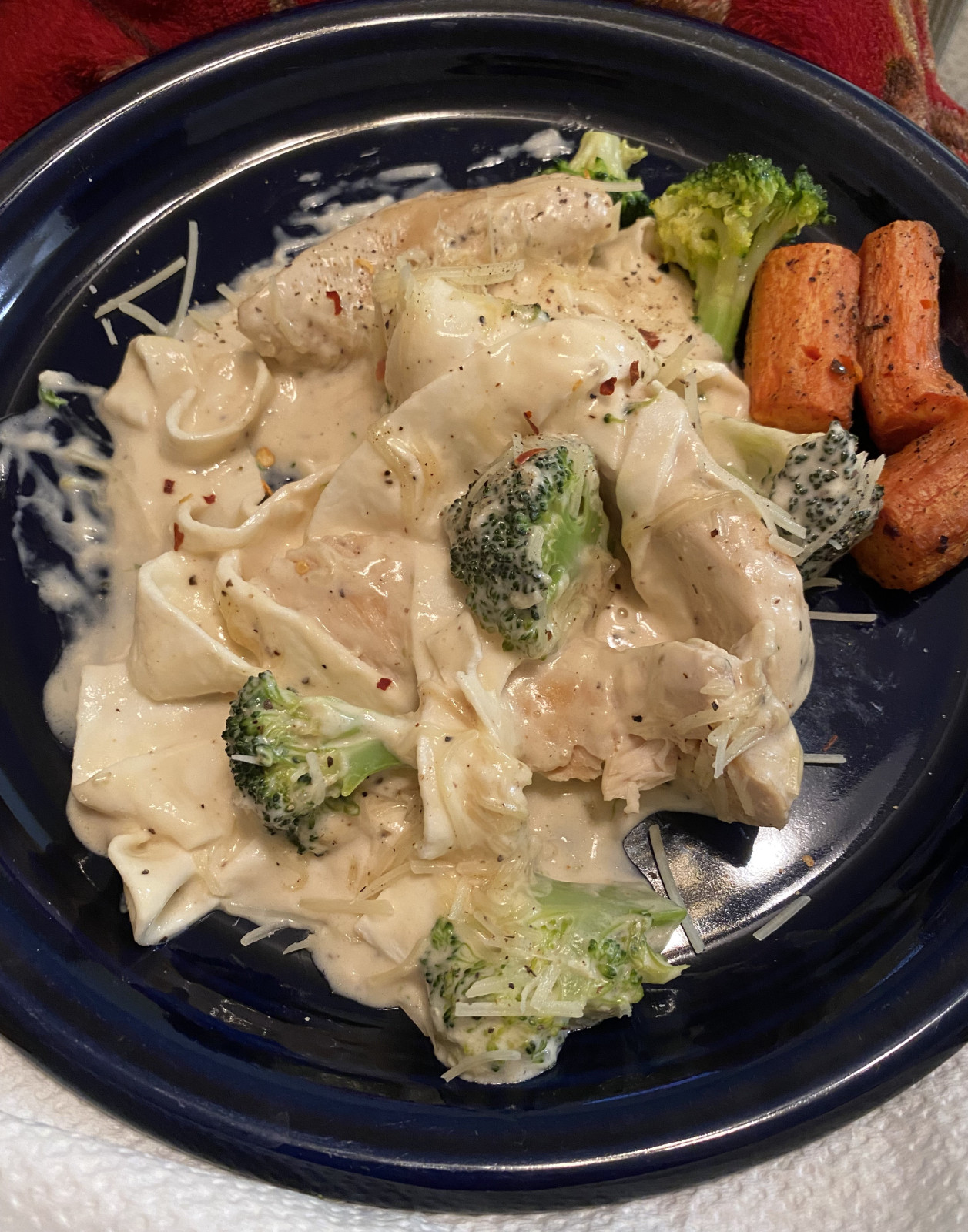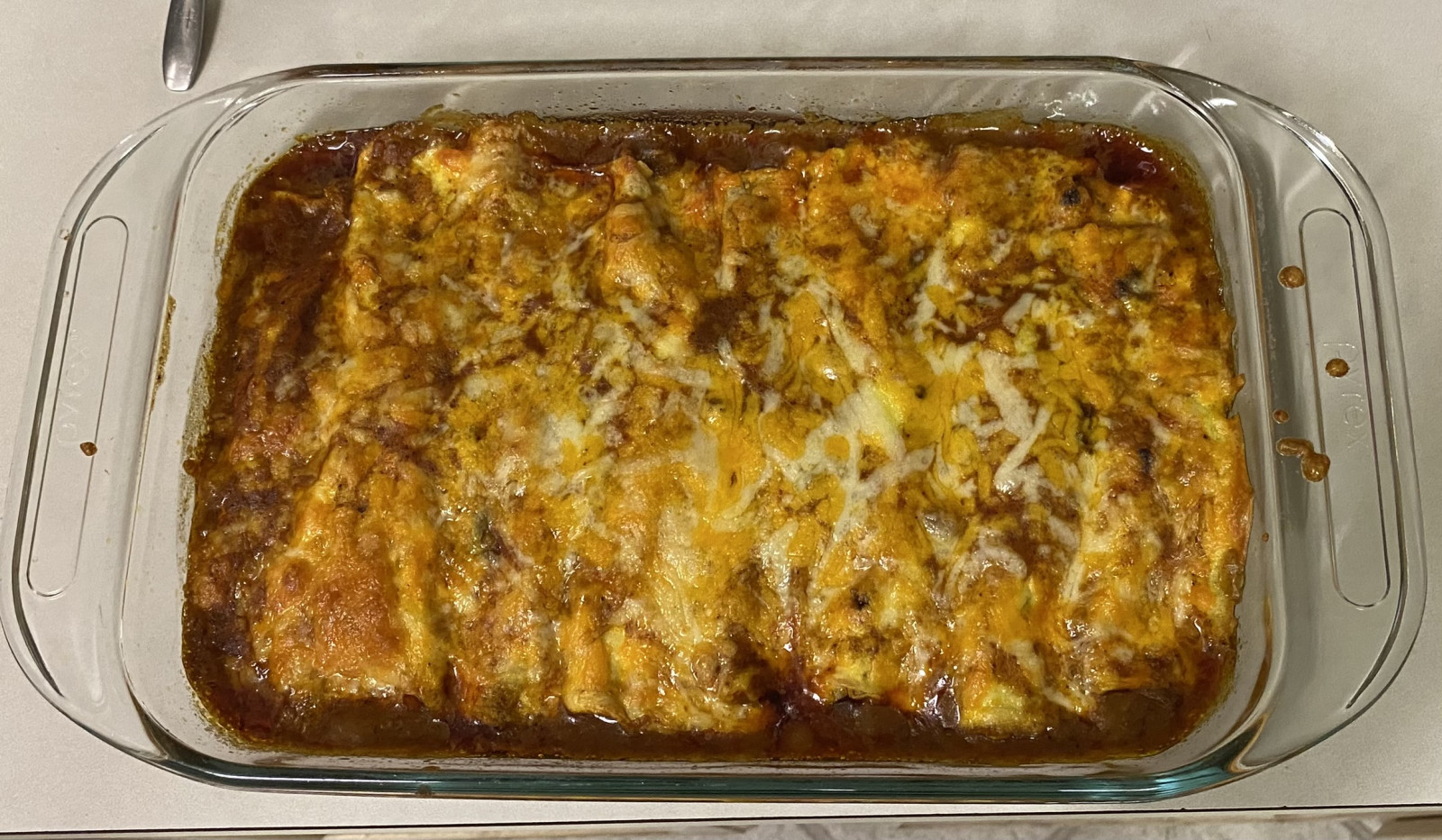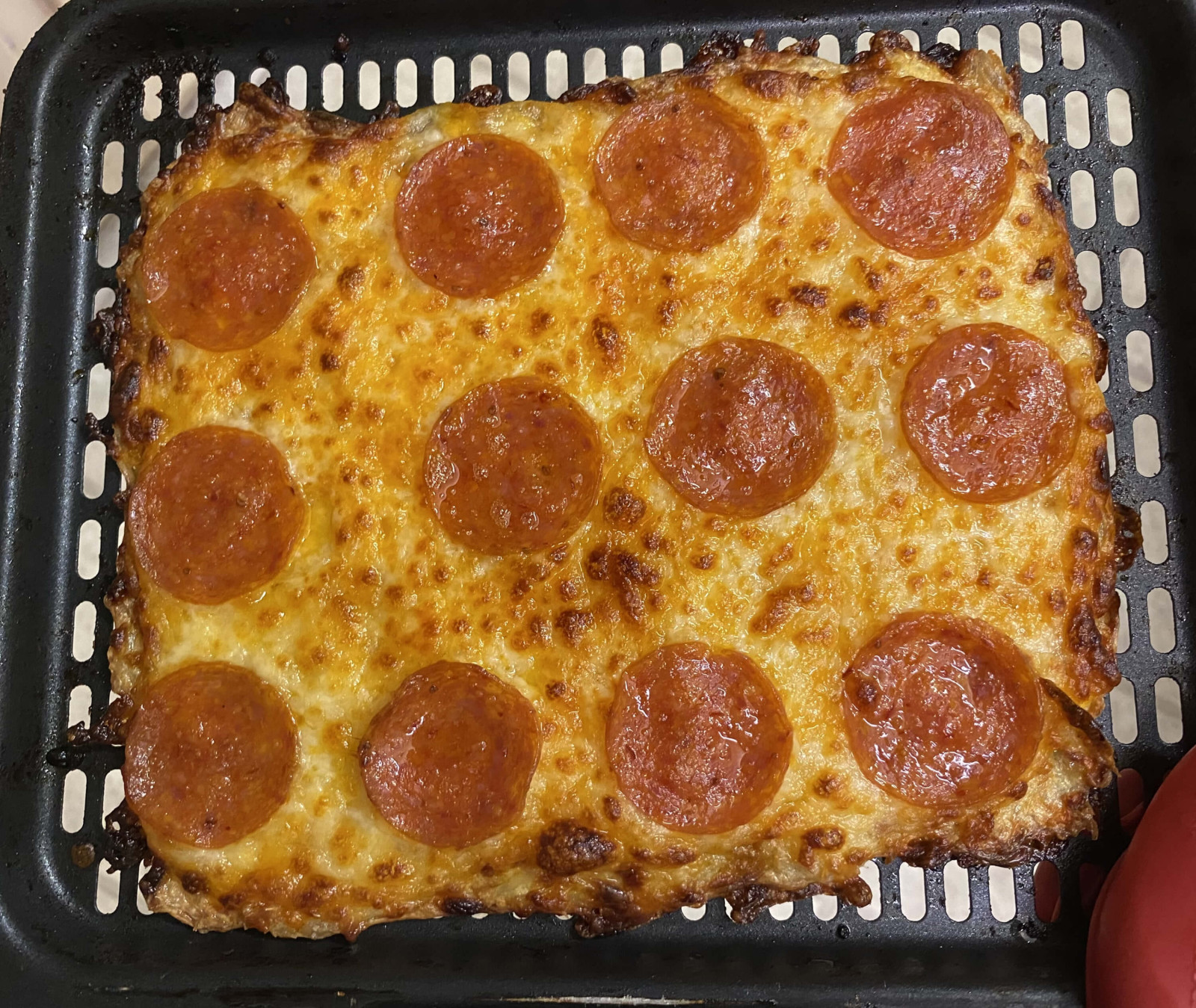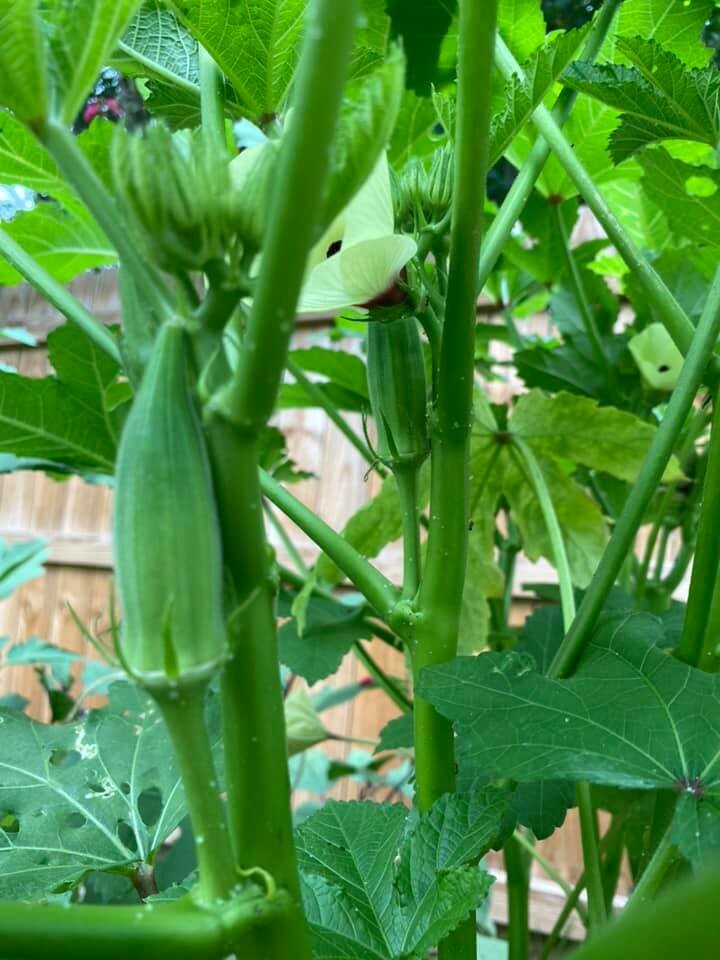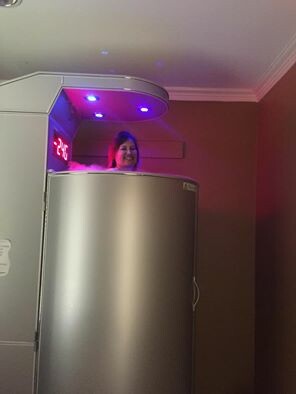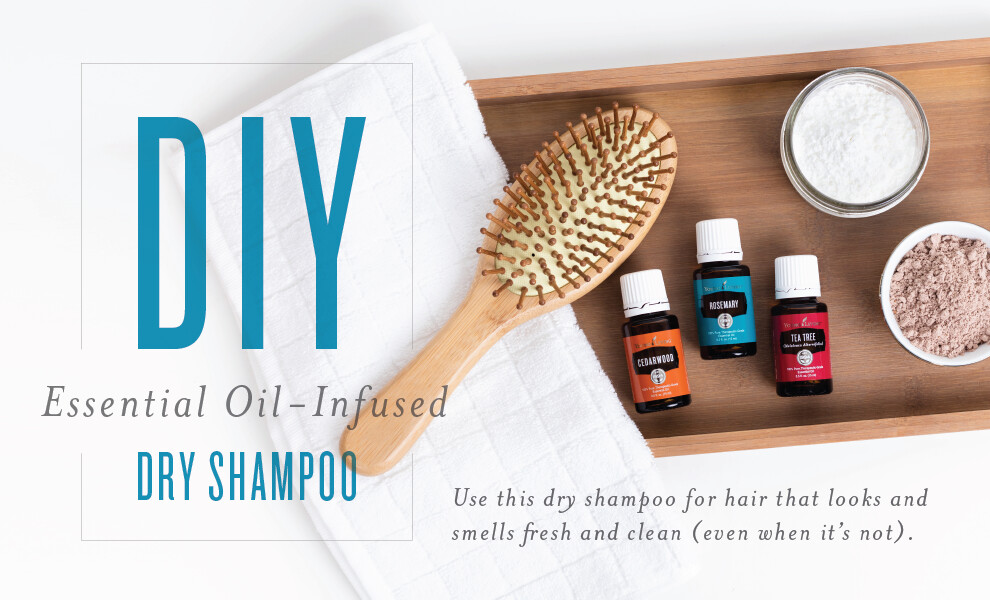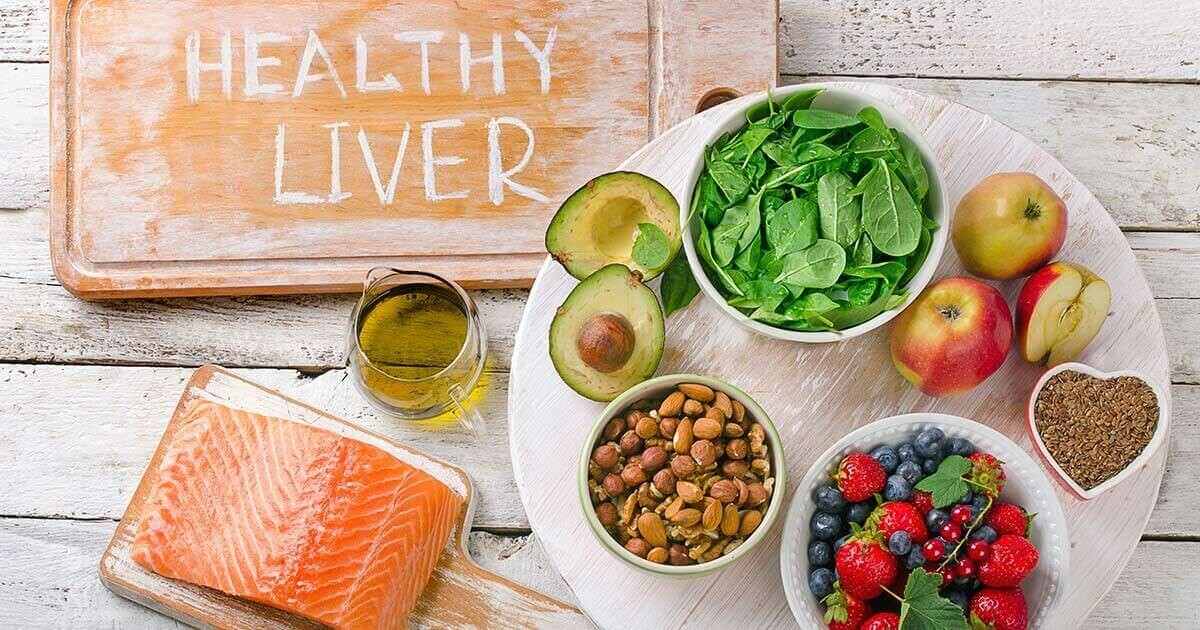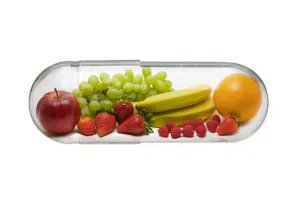
How do you know if you're spending your money wisely?
I encourage you to do your own digging around. But here are some tips from my research that I want to share. Because some supplements are pure junk and are a waste of money and we all want to get what we are paying for, right?
Vitamins are food
According to The New Orthomolecular Nutrition, vitamins are foods, not drugs, and we need to treat them as such. The book goes on to say that the stated minimal daily requirement (MDR) is silly. The MDR ignores the fact that people are dissimilar in every way, and that each body has a different requirement for nutrition. So that means that you need to be your own advocate and "scientist" and see how you feel at different dosages. Be aware that if a vitamin is water-soluable, your body will take what it needs and the rest will simply pass through the body. You need to make sure you are taking these on a regular basis. If it is a fat-soluable vitamin, your body will store what it doesn't use in the liver and fat tissues. You need smaller amounts of these, but be aware that your personal nutritional needs may exceed the MDR.
Another problem with vitamin supplementation (according to Naturopathy for the 21st Century) is that vitamins and minerals, in foods, are intended to work together for maximum effect. That means the use of synthetic isolates does not provide the optimal environment for absorption. From here it gets a lot more complicated when you look at the crystalline structure of synthetic vitamins vs. the natural food-sourced vitamins, and it becomes clear that bioavailability matters.
Which leads me to my first point:
Do your best to take natural food-sourced vitamins and avoid the synthetic USP vitamins. B-Vitamins and Vitamin C are also usually synthetically produced. Here's a chart of some of the most common synthetic names to look for:
- Vitamin A: Palmitate or Acetate
- Vitamin B1: Thiamine Mononitrate, Thiamine Hydrochloride
- Vitamin B5: Pantothenic acid
- Vitamin B6: Pyridoxine Hydrochloride
- Vitamin B9: Folic Acid
- Vitamin B12: Cyanocobalamin
- PABA: Aminobenzoic Acid
- Choline: Choline Chloride, Choline Bitartrate
- Vitamin C (Ascorbic Acid): Ascorbic Acid
- Vitamin D: Irradiated Ergosteral, Calciferol
- Vitamin E: dl-alpha tocopherol, dl-alpha tocopherol acetate or succinate
- Vitamin K: K3 or menadione
If vitamins are from food, the label will almost always state that. But here are some common food-sources to look for:
- Vitamin B5: Pantothenate
- Vitamin B9: Folate
- Vitamin B12: Cobalamin
- Vitamin D: look for forms with numbers
- Vitamin K: K1 or phylloquinone
Fillers and other harmful ingredients
Second - watch for dangerous and unnecessary fillers and ingredients. Some of the most common are:
- Artificial colors - research Feingold Diet for more on these
- Talc or Magnesium Silicate
- Magnesium stearate (or stearic acid)
- Monosodium Glutamate (MSG) disguised as “natural flavors”
- Carnauba wax - used in car wax and shoe polish
- Titanium dioxide - is a carcinogen
If it says "natural", it's good - isn't it?
Thirdly - don't be fooled by the label "natural" on a supplement, or processed food, or essential oils. Vitamins can be labeled as natural if they contain as little as 10% of the natural form of the vitamin. This means that your “natural” vitamin could contain 90% of synthetically produced chemicals! The new supplement labeling law makes it more difficult to tell if a vitamin is natural or synthetic. If the label says USP grade, then it is synthetic. Labels that state the vitamins are in a "food-base" are almost always synthetic. Synthetic vitamins mixed with food are still synthetic and are not the same as vitamins complexed in food. Use the above charts to be able to identify food-sourced vitamins.Cost and standardization were the primary reasons that USP vitamins were created - not for optimal health.
Ok, so that's all for now. Go - research and be your own scientist. Find better health, but don't stress over it. Stress makes you sick! Follow the 80/20 rule which says to do better 80% of the time and let go of the other 20%.
Health and blessings to you!!
Sarah Claburn, ND
I love to cook with my Young Living essential oils and this is a crowd favorite at parties. I only trust the quality and purity of Young Living essential oils for my recipes!
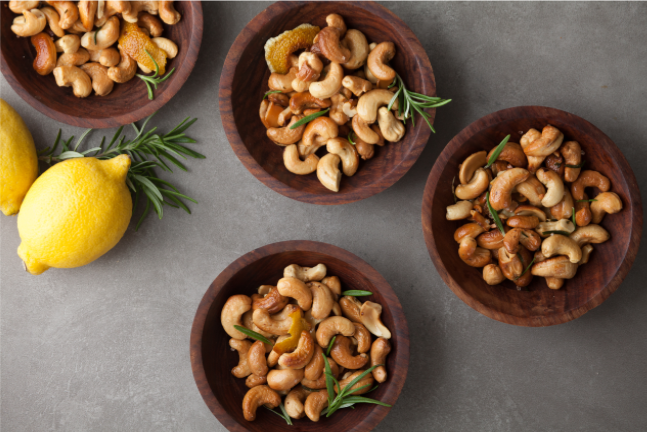
Prep Time: 7 minutes
Cook Time: 8 minutes
Total Time: 15 minutes
Yield: 4–6 servings
Ingredients
- 16 ounces raw cashews
- 2 tablespoons extra virgin olive oil
- 3 sprigs fresh rosemary, leaves removed
- The peel of 1 lemon, pith removed
- 4 drops Rosemary Vitality
- 2 drops Lemon Vitality
- ¾ teaspoon coarse sea salt
Preparation
- Preheat the oven to 375 degrees F.
- Place the nuts on a baking sheet and roast for about 8–10 minutes, until warm and lightly golden.
- In the meantime, warm the olive oil, fresh rosemary, and lemon zest in a small skillet over medium heat until it begins to sizzle and smells fragrant. Add the roasted cashews and stir to coat completely.
- Remove from heat and stir in the Rosemary Vitality, Lemon Vitality, and salt. Serve warm.
You've probably heard the reports on antiperspirant not being the best for your body (and if you haven't, Google it!). So a few winters ago I decided to make my own one day when I was iced in at my house. It was so easy and you can really use whichever oils you prefer. Mine changes each time! lol I do generally always have lavender and Frankincense in each batch along with the Thieves and Purification. Just play around and see what works best for you, I have seen a lot of recipes that recommend sage essential oil.
Note: some people are irritated by the baking soda. Try using less if that happens, or none.
I got the recipe off of a Young Living essential oils FB page:
1/4 cup each cornstarch (or arrowroot powder) and baking soda
6 tbs. coconut oil
10 drops each Purification and Thieves oils
6 tbs. coconut oil
10 drops each Purification and Thieves oils
I mixed the powdered ingredients together in a glass bowl, then basically "cut" the coconut oil in like you would cut shortening into a pie dough. Once it was all well mixed, I added in the oils a few drops at a time to get them all distributed. The result was a fairly stiff paste.
I had deliberately saved my empty Tom's container to reuse. I just dialed it all the way to the bottom and started stuffing balls of the mixture into the container.It looked like this when I was done:
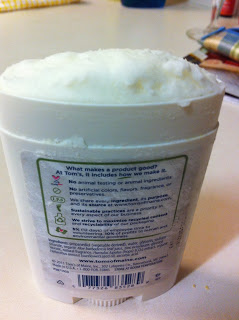
These days I use the empty containers I order off of Amazon, or I also just keep it in a small jar and use my fingers to apply it. Pimiento or baby food jars work great!
If you've made your own - which oils do you prefer to use in yours?
And I totally get that not everyone wants to spend the time making your own deodorant. But you can still get a great non-toxic deodorant from Young Living, which is what I take with me when I travel. Click HERE to learn more about some of the personal care items available through Young Living.
Be blessed, and let me know how I can help you find better health!
Sarah :)


